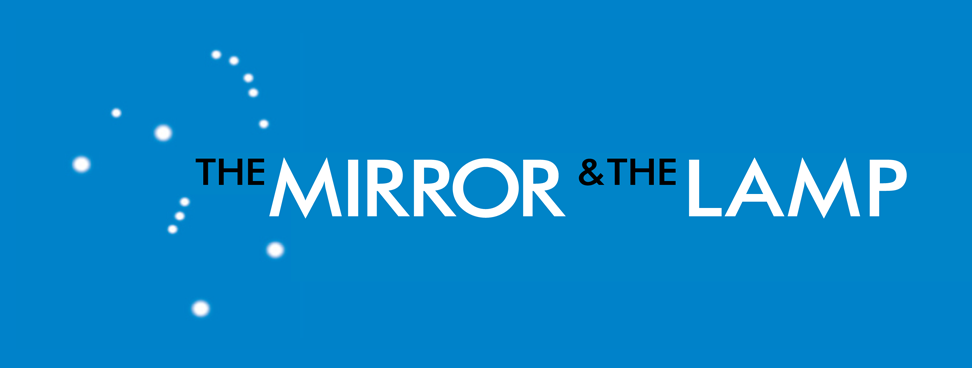It’s largely because people increasingly derive their personal identity from their membership in a group, and that makes it much easier to fear and hate members of other groups. There’s more to it, of course, but political identity – whether one is a Democrat or Republican – has become a far more important aspect of personal identity than it once was. And when people see one another as members of groups rather than as individual moral agents, there’s going to be trouble.
If your identity is derived from group membership, and especially if you have no other identity, it is much easier to hate members of other groups than if you regard yourself and others first and foremost as individual moral agents.
If you see others as nothing but representatives of groups, moral considerations based on individual worth are easy to ignore. Members of a group will be held responsible for the injustices you attribute to their group, and the respect you’re required to show members of your group can be denied to members of other groups.
Relatedly, you can hate people, not because they personally are hurting you or your group, but because they belong to a group that is hurting you or your group.
Finally, you can hate people not only because they belong to a group that is hurting you or your group, but also because they belong to a group whose ancestors hurt the ancestors of your group.
When group identity predominates there is less to inhibit hate, hate spreads more easily, and people become targets of hate based on events in the distant past. Hatred increases quantitatively and deepens qualitatively.
One aspect of current partisan hate has to do with changes in what it means to be a Democrat or a Republican. It’s no longer just a matter of left versus right. Now, each party represents a different concept of American national identity.
Roughly speaking, these two concepts of American identity are in play:
Civic nationalism, or the cosmopolitan, creedal state: American citizenship is based on endorsing a family of principles expressed in the founding documents.
Ethno-nationalism, or the nation-state: Americans are a people based on territorial, religious, racial, linguistic, and cultural commonalities.
Two narratives of American history go along with these two concepts of the American nation:
America is making progress towards fairness and equality (a future-oriented narrative).
America is preserving the legacy of its founding principles (a past-oriented narrative).
There are also extremist versions of these narratives:
America was corrupt from the beginning (the past must be destroyed). (Woke progressivism.)
America is in decline from past greatness (the past must be restored). (Trumpian populism.)
While the first two narratives differ in emphasis but are not mutually exclusive (you can honor the legacy by extending it and making progress), the second two are mutually destructive: in order for one to advance, the other must be defeated. This intensifies hatred.
The solution, evidently, is to craft a center that’s wide enough to include the preservers of the past and the progressors to the future, while excluding those who want to return to the past (reactionaries) or destroy the past (revolutionaries). The need to exclude the extremes has nothing to do with whether one likes their policies, or not; rather it stems from the fact that they are in a zero-sum competition and can’t peacefully co-exist. They shouldn’t be eliminated, of course – just marginalized.
There are many other causes contributing to intensifying hate, e.g. the inability of the traditional working class to imagine a national future in which they matter, the isolation of rural from urban communities and vice versa (political “regionalism,” which is critically important in the South), the moralization of political issues such as abortion (which is related to identity and regionalism), social media, which act as force multipliers and amplifiers, and perhaps most importantly the utility of hate to political activists concerned mainly with vote-harvesting and combatting donor fatigue.

Blue versus red, state by state.

Blue versus red, county by county. 2016 presidential election.

Blue versus red by population.


The in-group and out-group causation is important. But the group dynamic might, just might, go back to the old magical participation theory from Levy-Bruhl.
I start with the premise that political arguments are irrational. Nobody knows how possible legislation could actually effect social life. Its major purpose is to rally party members into a group (as Fred says) who feel confident that they are right and support all that is just. Politics these days has become a drama of self-expression, not just identity. And that is possibly why politics is increasingly irrational.
People who have no other means of self-affirmation (music, poetry, painting, sketching, humming, doodling) turn to “politics” for satisfaction.
Political action has a legitimately expressive dimension, as Arendt argued, and that may be its most important dimension. As Nietzsche said, the world isn’t justified according to the standards of morality, but it may be justified aesthetically: bad actions can make good stories.
Your comments remind me that the all-important consideration is quality. The social networks are telling us that participation isn’t the most important measure of democracy; what really matters is the character of the participation. Democratic citizens who lack civic virtue create a world that’s neither morally nor aesthetically justified.